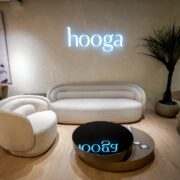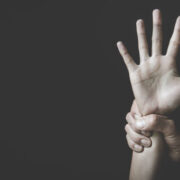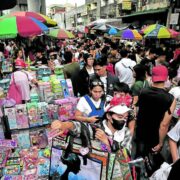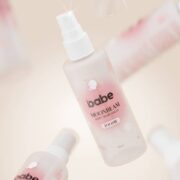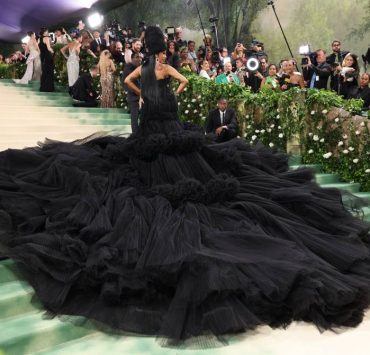Championing local artistry and craftsmanship
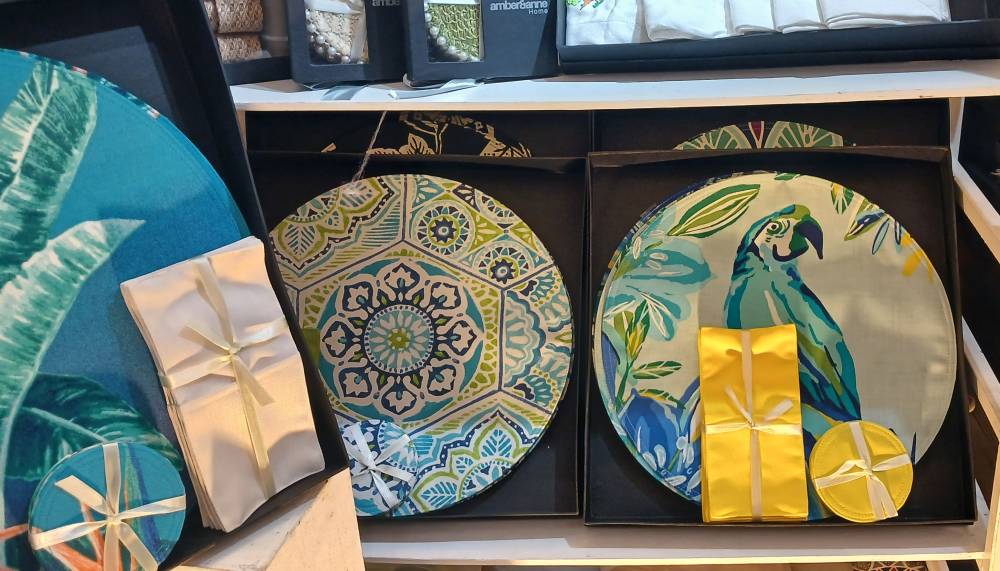
SM Supermalls continues to bring focus to local artistry and craftsmanship with the return of the Kultura Filipino Design Studio, which ran May 2 to May 9 at the Mega Fashion Hall, SM Megamall.Bigger than ever, the pop-up highlighted over 70 guest brands, house labels and social enterprises that have been selected based on their “commitment to environmentally friendly practices and support for local artisan communities.”
There are so many wonderful and well-made items to choose from, and it is just as fascinating to get to know the brands, their purpose and their production.
Here are some of the brands and items that caught our fancy:
1. Rurungan sa Tubod. The scorching summer heat got us immediately gravitating toward easy-breezy garments and beach bum essentials. Rurungan sa Tubod is a Palawan-based nonprofit organization that teaches underserved women piña and cotton weaving technology.Featuring ikat weave from Palawan, the no-fuss frocks are airy and super pretty. They also have versatile square tops made from inabel beach towel fabric that can be worn at the beach, at work or just over jeans for some casual hangout.
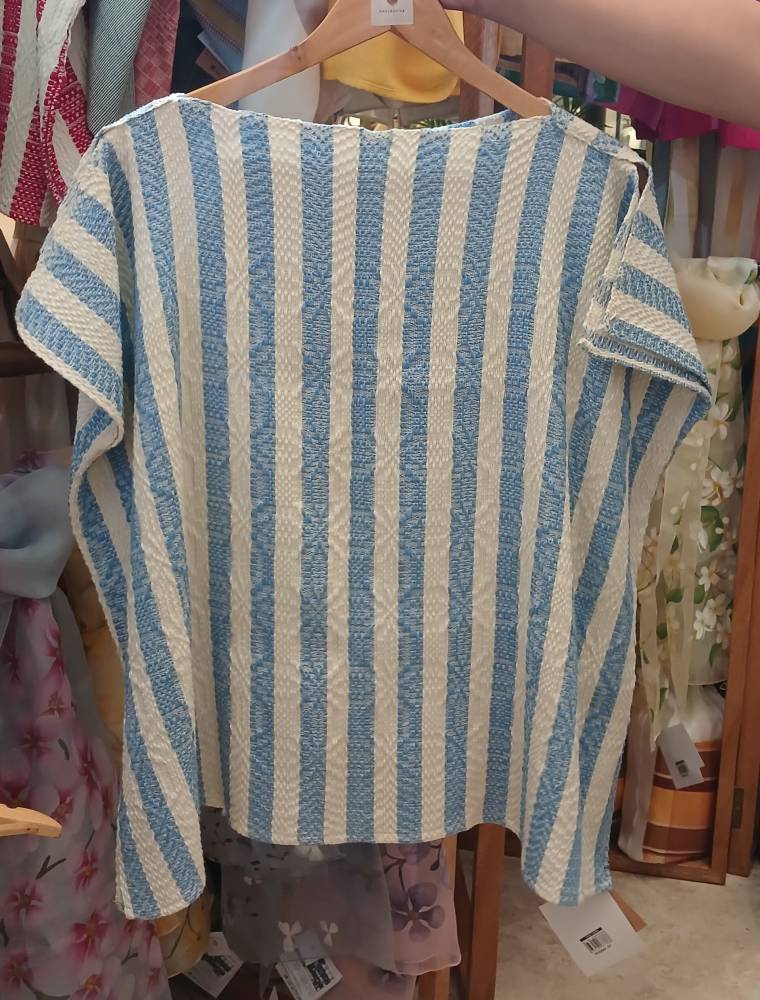
2. Simoy ng Haraya. We can’t stop sniffing around Simoy ng Haraya’s booth. Offering a range of “carefully curated and lovingly crafted” products, the brand has a wide array of floral, fruity, clean and woodsy scents for their soy-based candles, reed diffusers, perfumes and room sprays which help you relax and rejuvenate.
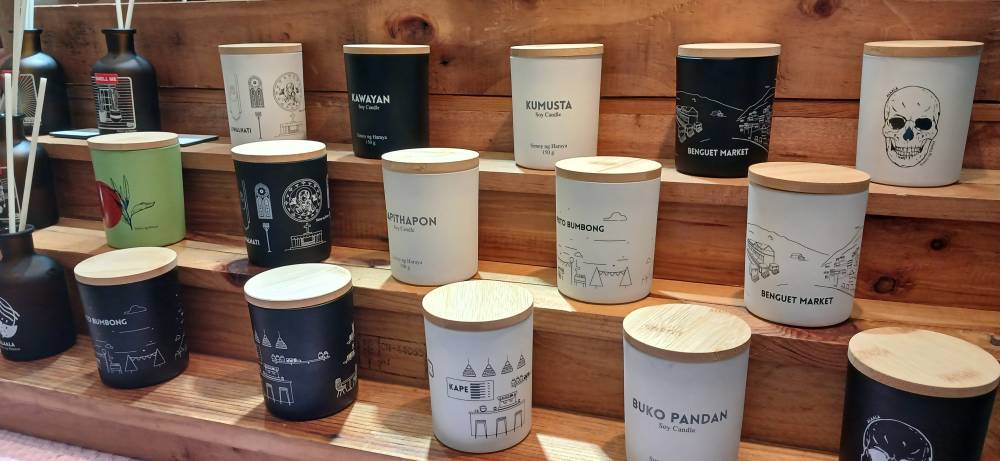
3. Dwellbeing. Dwellbeing aims to create goodness for the home through goodness of the heart. The social enterprise creates products for the home that are mindful of one’s well-being, as well as the environment and the community, by using upcycled bottles and giving work opportunities to hearing-impaired citizens.
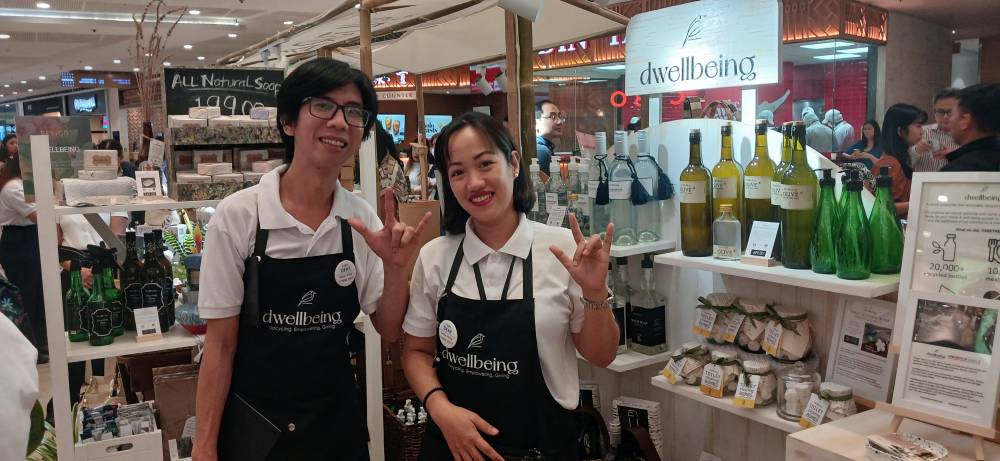
Cacao mix
4. Cacaomistry. Cacaomistry makes having your favorite tsokolate-ah any time of the day simple and effortless with its handcrafted instant cacao mix. Created by a chemist mom, the brand uses beans from various parts of the Philippines, including South Cotabato (classic), Davao (bold) and Batangas (creamy or strong). The fact that it’s plant-based (using coconut-based creamer instead of dairy) without tasting like it is just makes it all the more delightful.
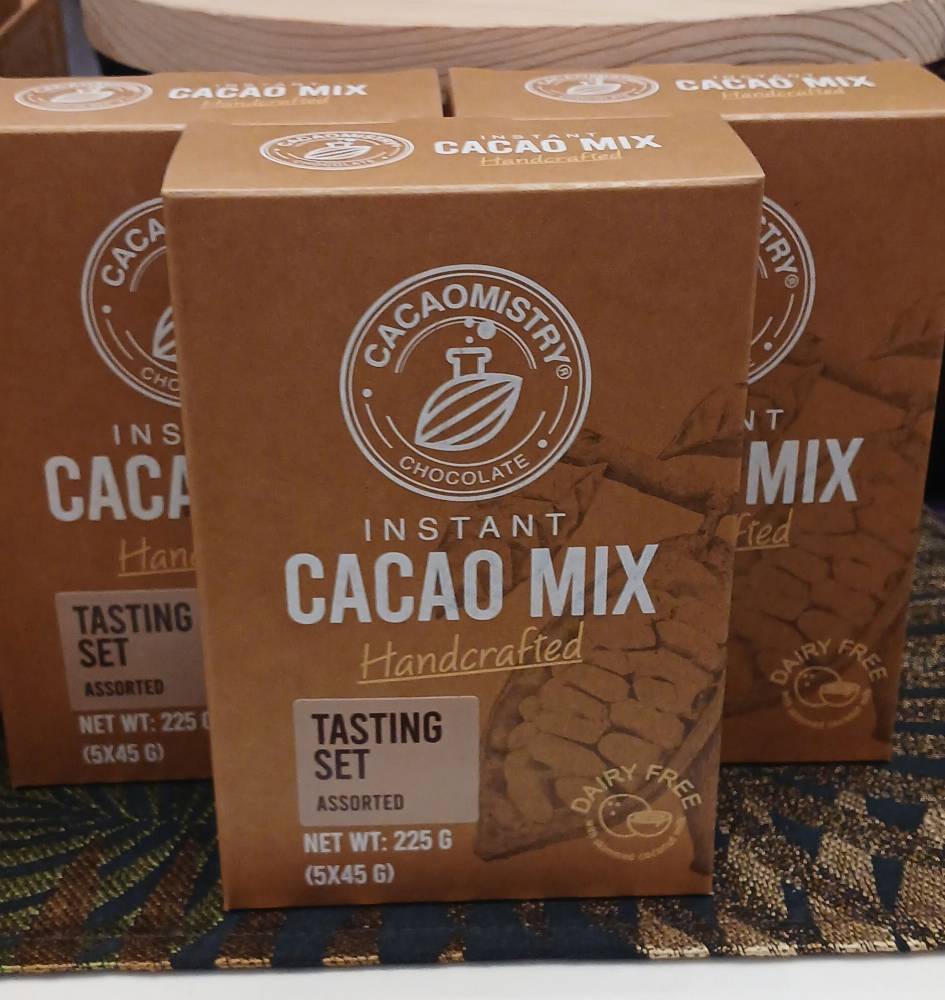
5. And Again Clothing. There has been a proliferation of clothing crafted out of katsa sacks, which gives second life to these perfectly decent fabrics that used to go straight to the bin. And Again Clothing stands out with its elevated designs and creativity. The pleated skirt is pretty and playful—and, according to owner and designer Hazel Roldan, hard to replicate. A bomber jacket may not be ideal for summer, but this new design is actually quite breezy and great for summer. The long sleeves protects the arms from the heat but the lack of lining and the roomy fit allow for air to circulate.
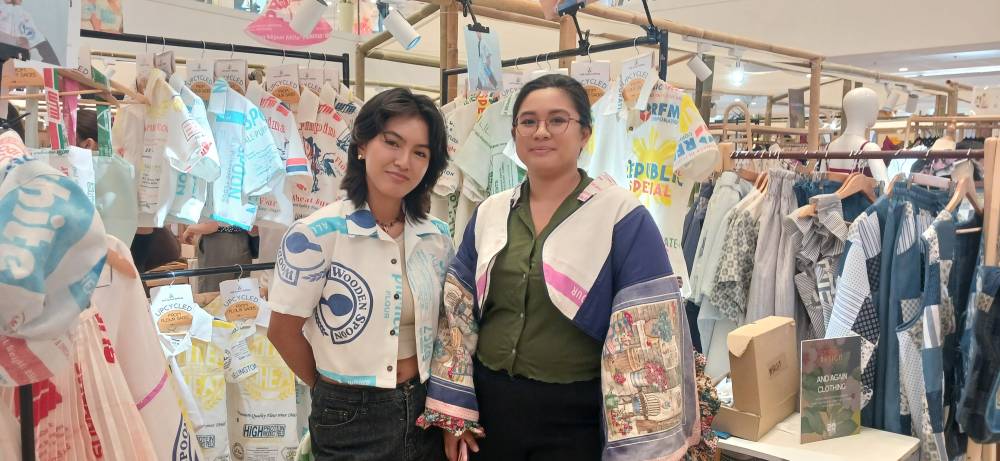
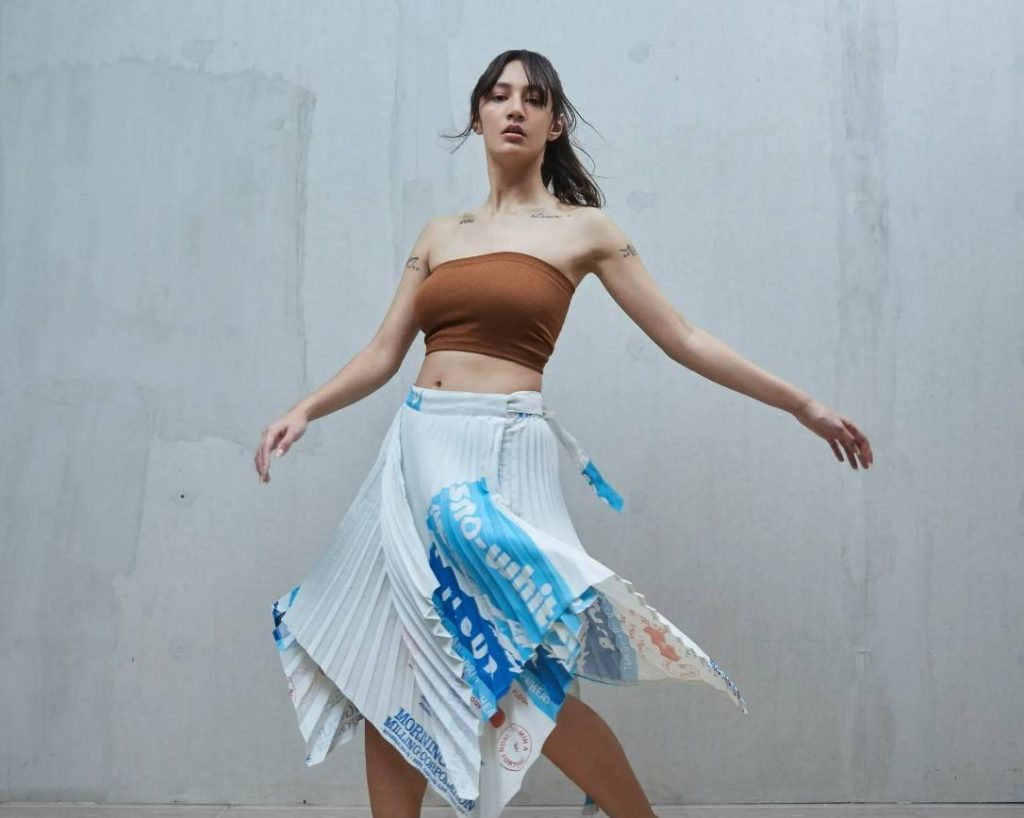
6. Boho Manila. Nothing screams festive more than Boho Manila’s chunky beaded jewelry. The vibrant accessories are sure to uplift any outfit and mood.
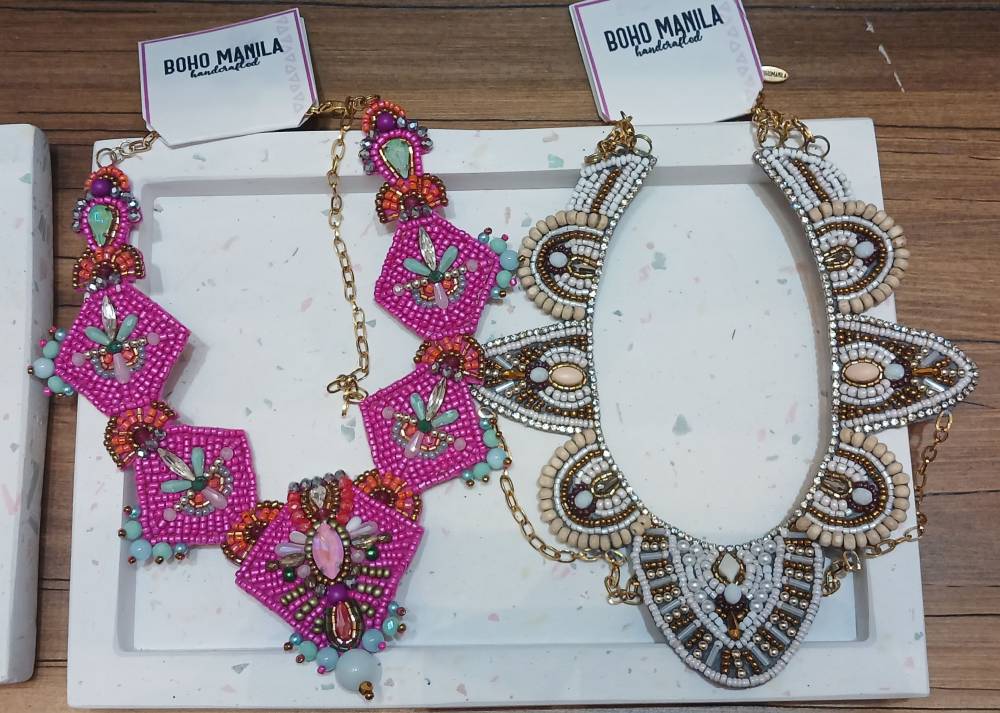
7. Mjorian. For metalwork jewelry lovers, Mjorian makes breathtakingly beautiful designs. Creating everything from sketch and using local materials, these handmade accessories are artworks themselves.
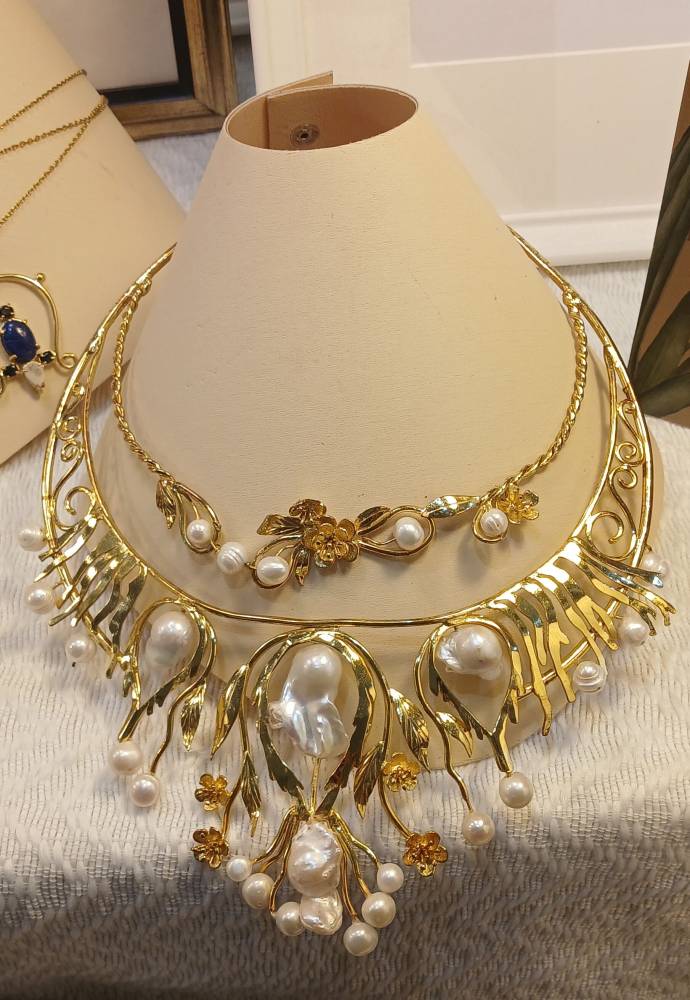
8 and 9. Amber & Anne and Binibini Marikit. Owned by the same company, the two brands feature Filipino aesthetics at its finest—Amber & Anne in its elegant tableware, and Binibining Marikit in its clothing and accessories.

Amber & Anne adds interest to dining with its water- and stain-resistant placemats and coasters beautifully designed by commissioned local artists. Reversible table runners use a mix of canvas and woven straw, and come in different lengths (for six- to eight-seater or 10- to 12-seater).
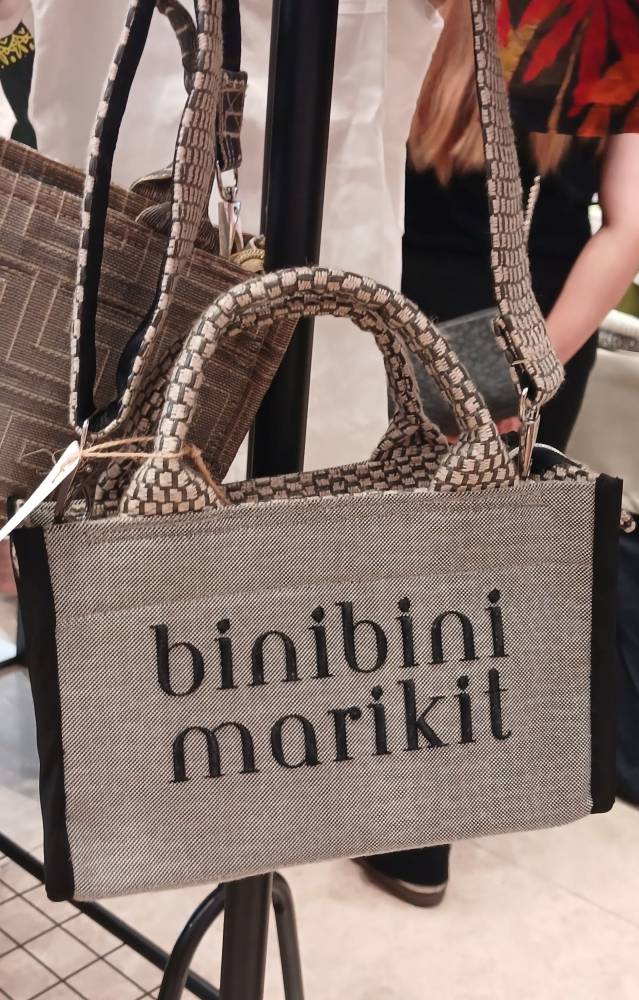
Binibining Marikit, meanwhile, creates garments and accessories inspired by history, culture, and heritage. The two-month-old brand uses a little-known weave from Ibaan, Batangas, in its products and also commissions local artists, including an out-of-school youth, to paint on their bags and clothes.
Filipiniana
10. Raquel’s Piña Cloth Products. Kultura is practically synonymous with Filipiniana, so it’s no surprise that many of the brands feature barong and terno. One brand that caught our eye is Raquel’s Piña Cloth Products, with a barong vest that made our imagination run wild.
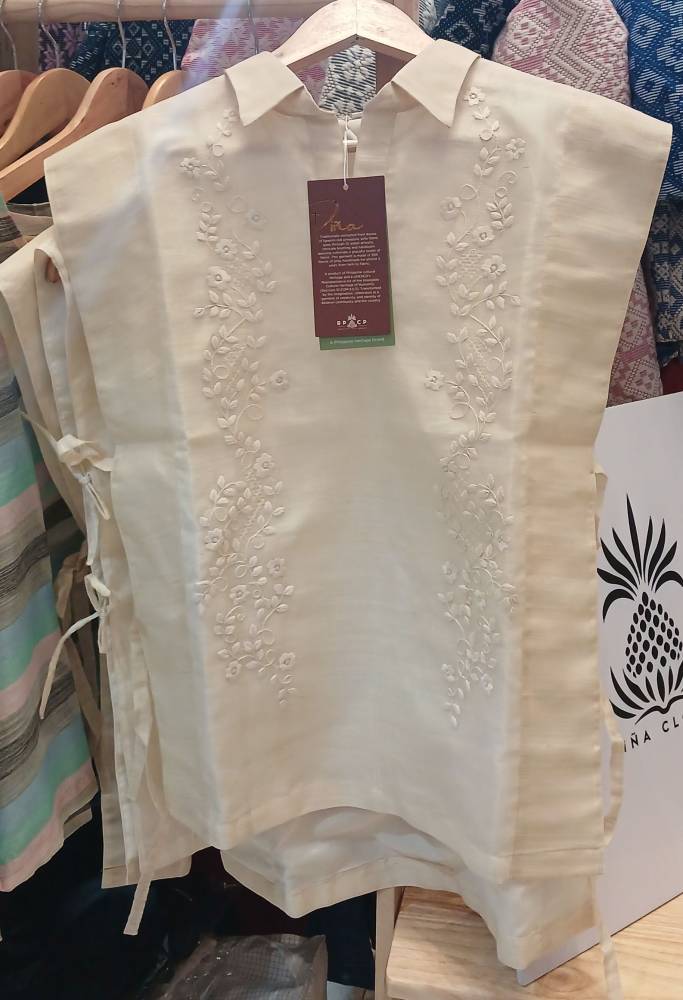
According to Carlo Eliserio, a fourth-generation weaver-turned-designer in Aklan and son of piña-weaving cultural master Raquel Eliserio, the vest was designed to be inclusive and versatile. It can be worn by any gender, and the open sides allow for a good fit for a wide range of body types. It can also be worn in a variety of ways: formal, casual, or even sexy.
Another fun design is the denim top with detachable piña sleeves, securely attached using transparent snaps. Eliserio plans on expanding this line with other types of sleeves, including butterfly sleeves.
11. Jhaz Footwear. Based in Liliw, Laguna, Jhaz Footwear makes fun and flashy footwear for the modern Filipina. The comfortable mules—or step-in, as our lolas would call them—come in a range of styles from eccentric to elegant, colorful to chic, playful to polished.
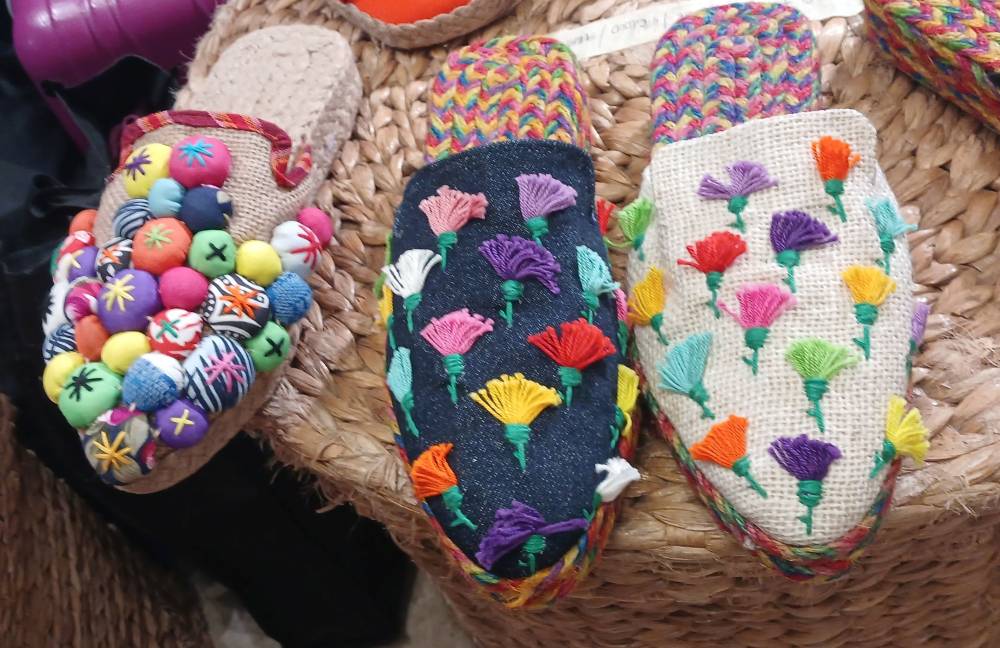
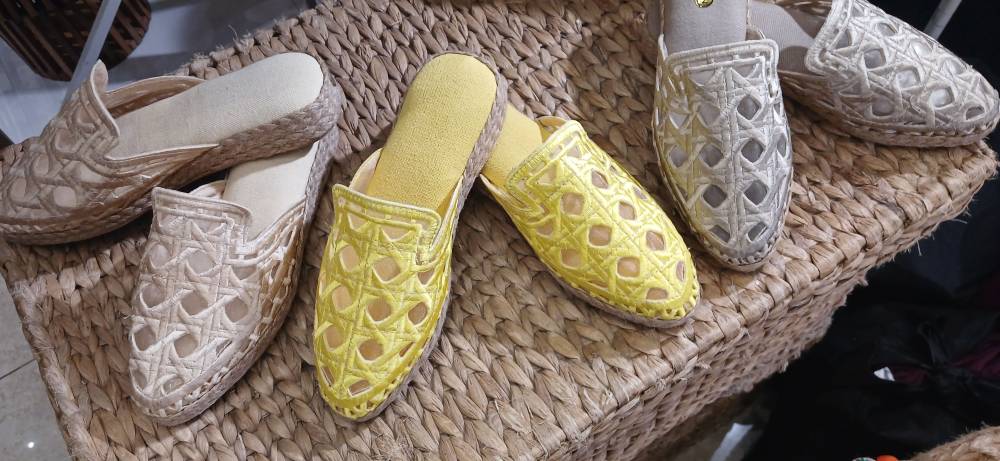
12. Our Little Ideas. Our Little Ideas towels, blankets, pillowcases, and tableware are created by weaving communities in Bicol using traditional techniques on antique looms. These are then brought to Bulacan to be sewn. These handwoven fabrics can be machine-washed and -dried, and even get softer the more they are washed. INQ




